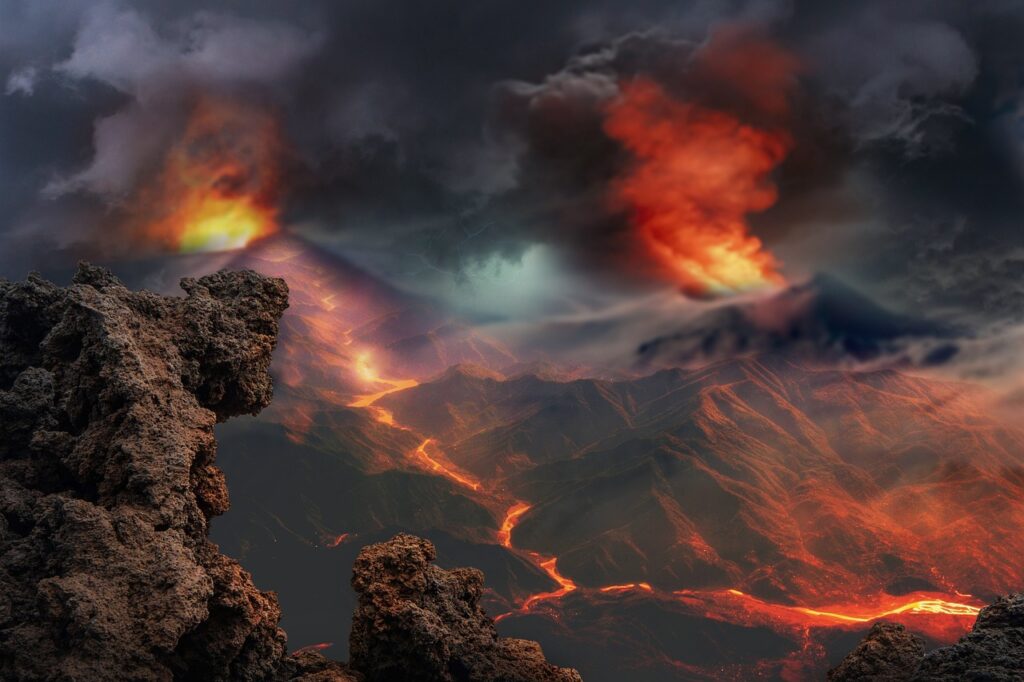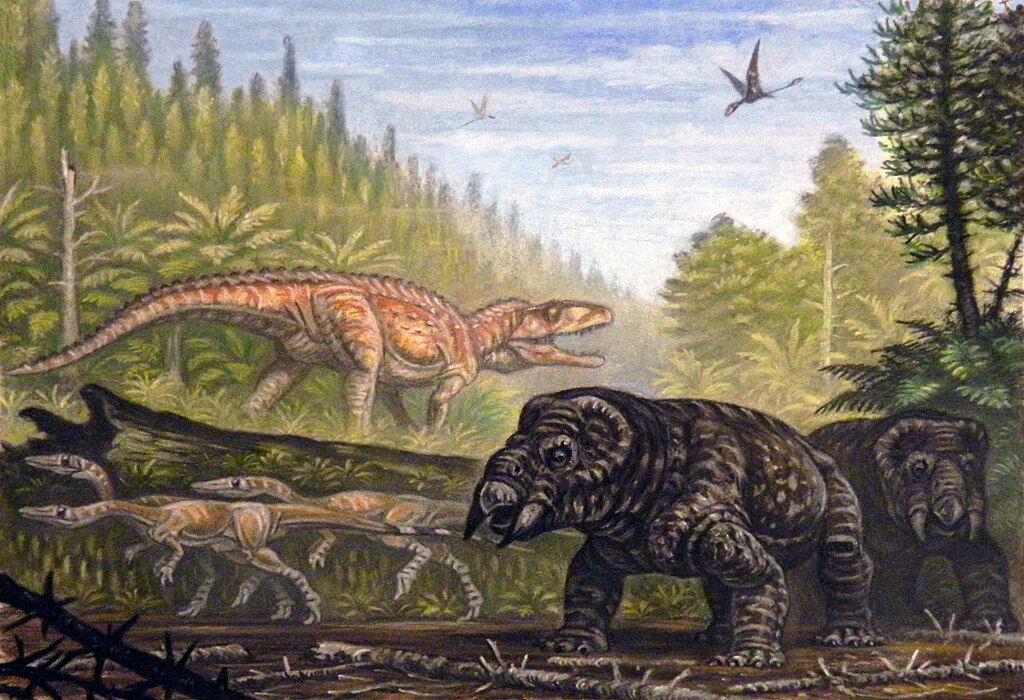Picture walking through a world where massive volcanic explosions tore through the earth, spewing forth torrents of lava that would make modern eruptions look like mere sparklers. The story of dinosaurs is inseparable from these cataclysmic both cleared the stage for their rise and ultimately played a role in their demise. These ancient infernos didn’t just create spectacular landscapes – they rewrote the rules of life on Earth.
For millions of years, volcanic activity served as the planet’s most powerful sculptor, carving out new continents while simultaneously triggering mass extinctions that would reset the biological clock. Each eruption was like nature’s version of shuffling a deck of cards, dealing out new opportunities for some creatures while sealing the fate of others.
The Great Dying: Siberian Traps Set the Stage
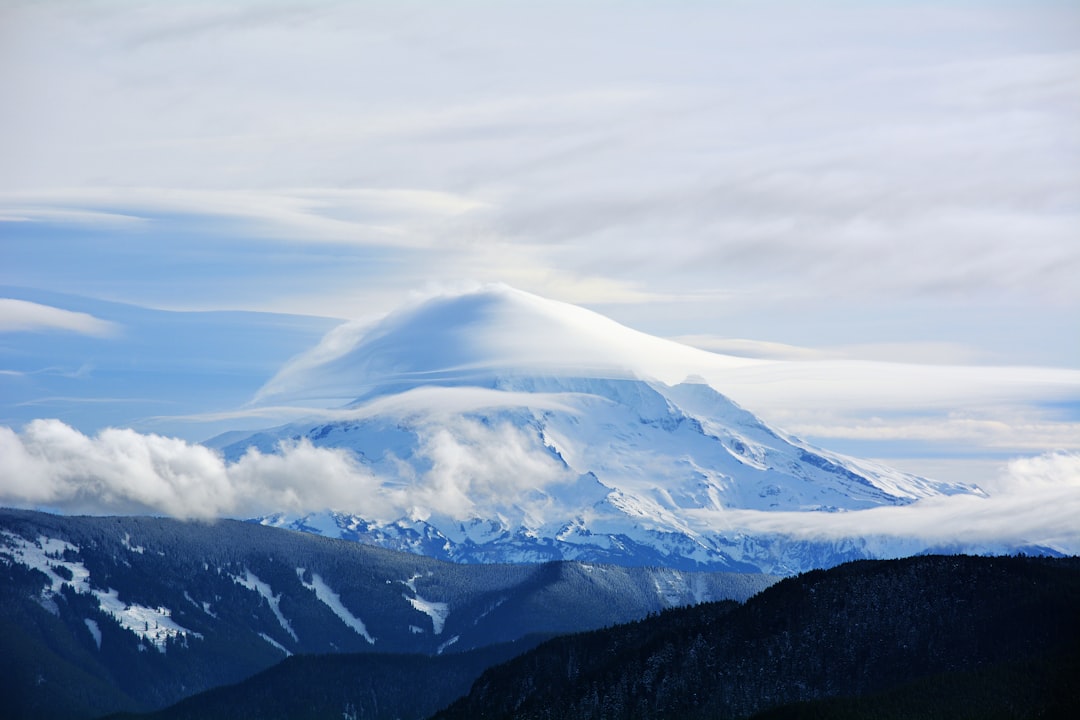
Nothing in Earth’s history compares to the volcanic nightmare that unfolded roughly 252 million years ago in what is now Siberia. The Siberian Traps are believed to be the primary cause of the Permian–Triassic extinction event, the most severe extinction event in the geologic record, with the scientific consensus being that the main cause of the extinction was the flood basalt volcanic eruptions that created the Siberian Traps.
The scale of destruction was almost unimaginable. It is Earth’s most severe known extinction event, with the extinction of 57% of biological families, 83% of genera, 81% of marine species, and 70% of terrestrial vertebrate species. This wasn’t just an extinction – it was planetary sterilization on a scale that makes the dinosaur extinction look mild by comparison.
Toxic Mercury Rains and Poisoned Oceans
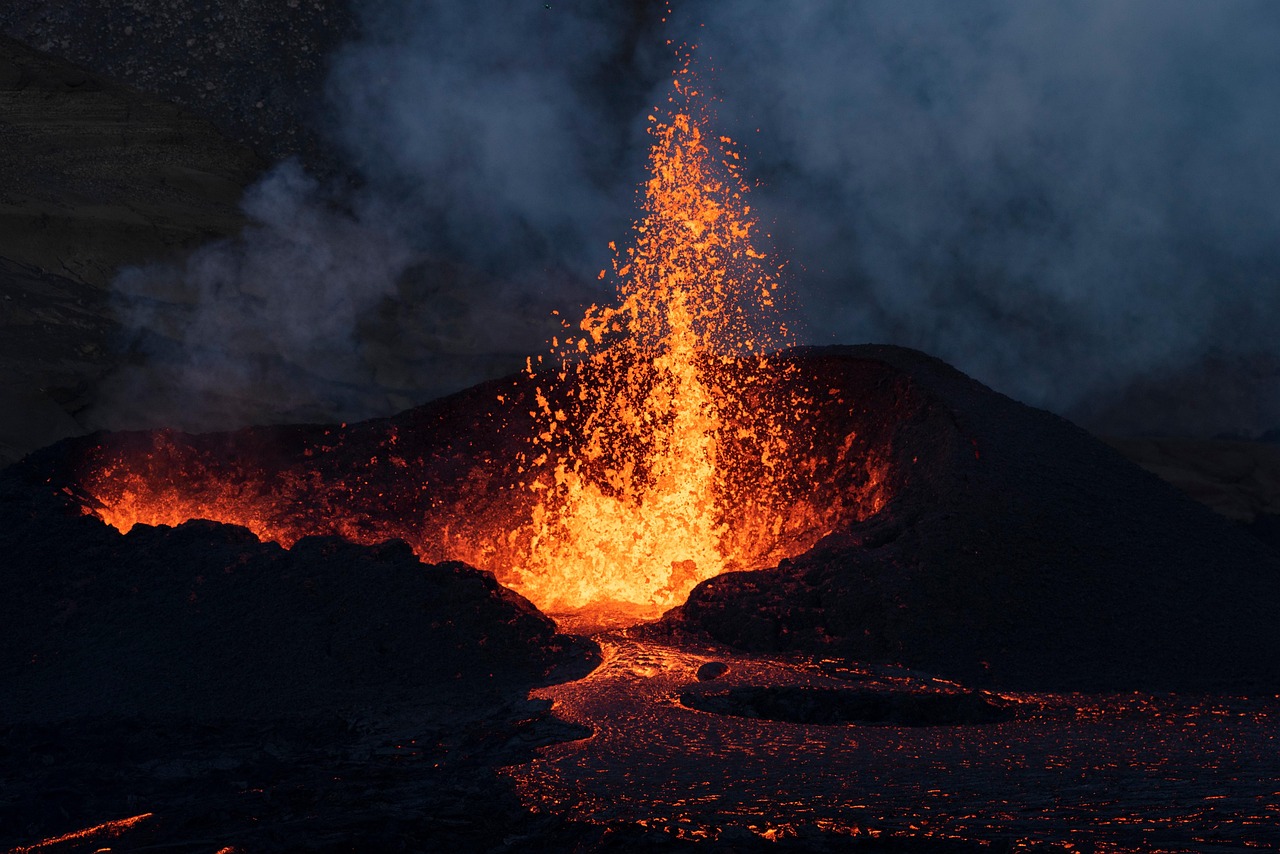
The Siberian eruptions didn’t just release lava; they poisoned the entire planet with toxic metals. Mercury anomalies corresponding to the time of Siberian Traps activity have been found in many geographically disparate sites, indicating that these volcanic eruptions released significant quantities of toxic mercury into the atmosphere and ocean, causing even larger terrestrial and marine die-offs, with a series of surges raising terrestrial and marine environmental mercury concentrations by orders of magnitude above normal background levels and causing mercury poisoning over periods of a thousand years each.
The devastation created an opportunity that would ultimately benefit dinosaurs. With nearly all life wiped out, the few survivors found themselves inheriting a barren but available world, setting the evolutionary stage for reptiles to eventually dominate terrestrial ecosystems.
Volcanic Timing Reveals the Smoking Gun
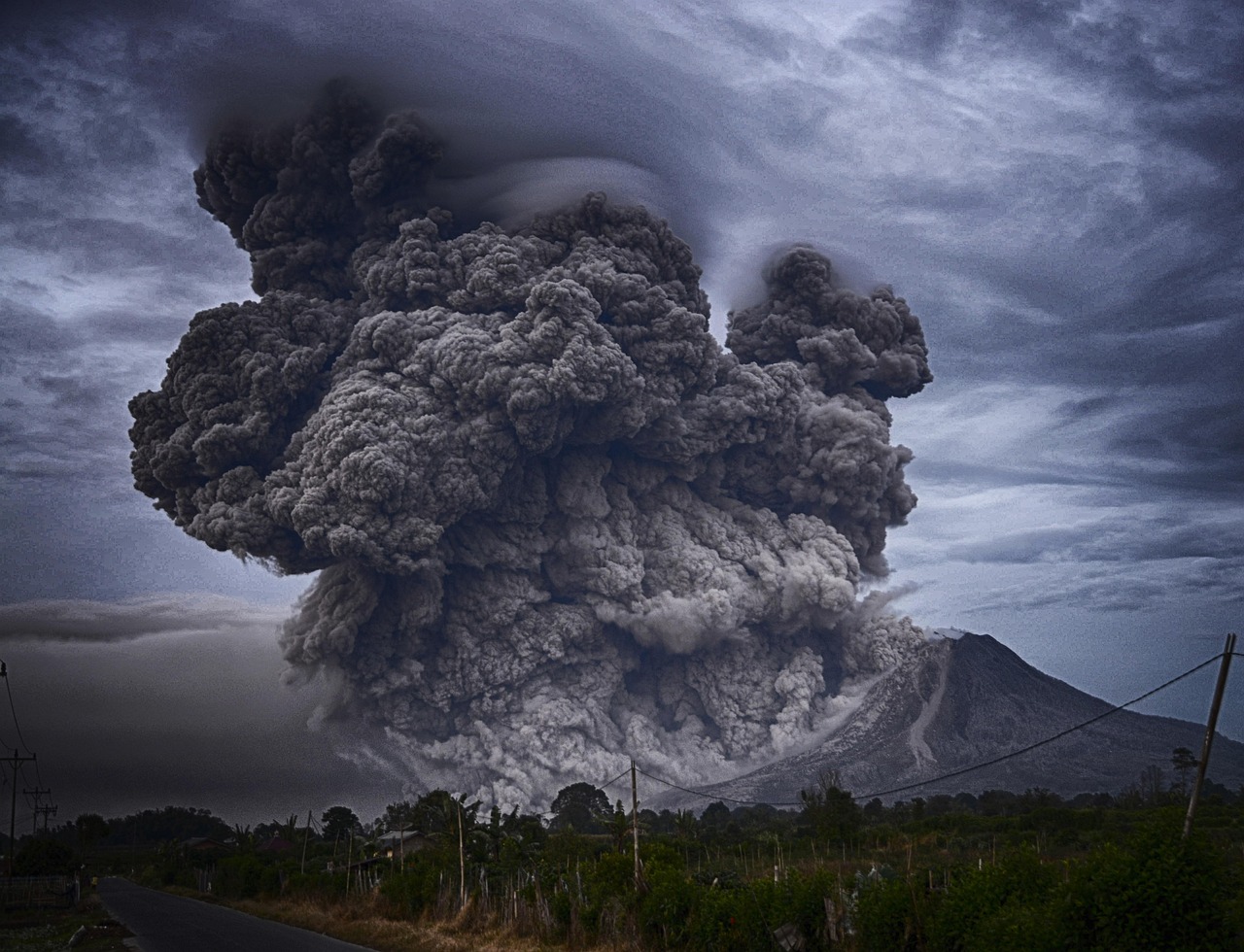
Richard Ernst, a scientist-in-residence at Carleton University in Ottawa, Ontario, says the new timeline establishes a definitive, causal link between the Siberian Traps and the end-Permian extinction, stating “This paper nails it” and that “Given that they have dated a portion of the Siberian Traps occurring just before, during, and only for a short time after the extinction, this is the ‘smoking gun’ for this large igneous province being fully correlated with the extinction”.
The precision of modern dating techniques has finally solved one of paleontology’s greatest mysteries. Scientists can now pinpoint exactly when these volcanic events began and ended, creating an undeniable timeline that links massive volcanism directly to mass extinction.
Carbon Dioxide Catastrophe and Climate Chaos
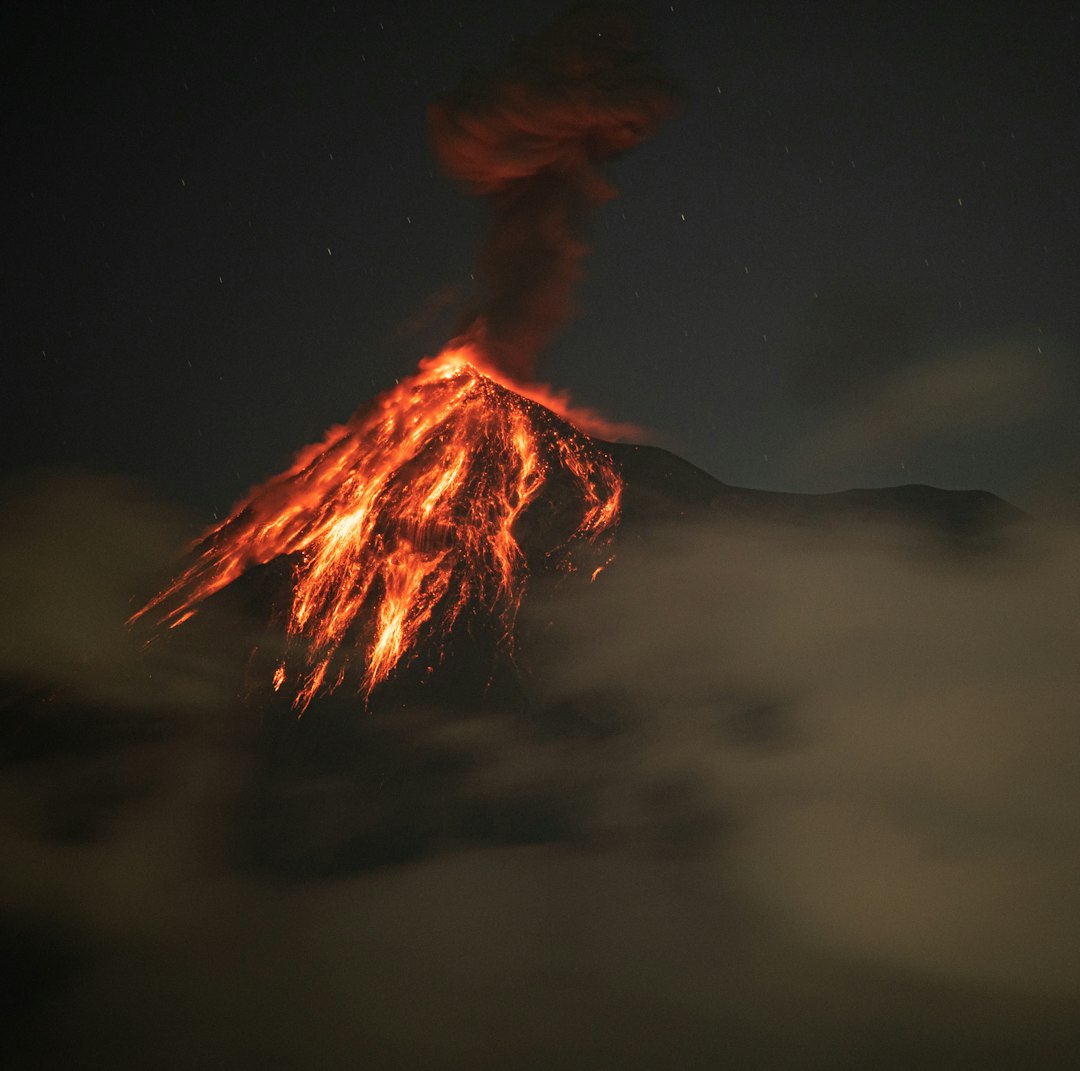
The environmental effects went far beyond just toxic metals and acid rain. Carbon dioxide and methane releases triggered by the Siberian Traps caused runaway global warming, driving ocean temperatures to exceed 40C (104F) and killing nearly 95% of life on Earth. Imagine oceans hot enough to cook marine life and an atmosphere so toxic that survival became nearly impossible.
The greenhouse gases released during these eruptions fundamentally altered Earth’s climate system. The planet became a furnace where only the most adaptable organisms could survive, creating evolutionary pressure that would eventually favor certain reptilian lineages over others.
The Rise of Archosaurs from Volcanic Ashes
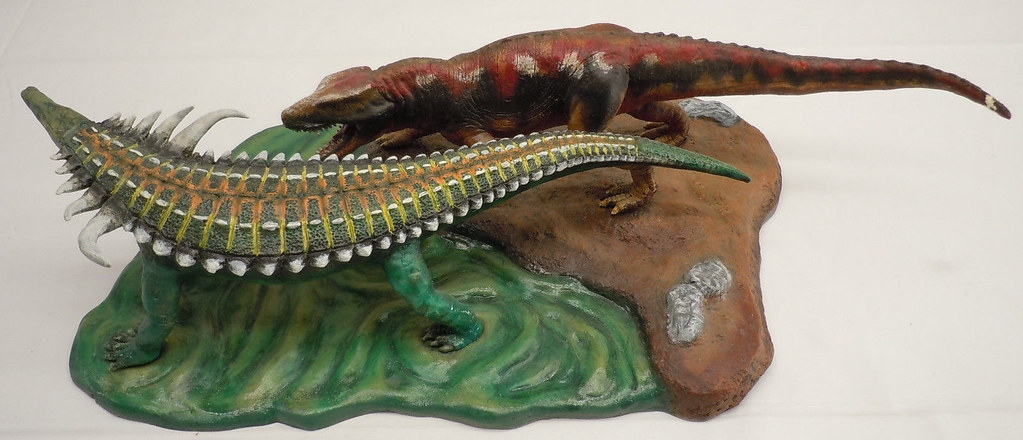
From this apocalyptic landscape emerged the ancestors of dinosaurs. The Synapsids (mammal-like reptiles such as Dimetrodon) were replaced by Archosaurs, whose descendants included birds, crocodilians, pterosaurs, and of course dinosaurs. The volcanic devastation had cleared away the dominant life forms of the Paleozoic era, creating ecological niches that archosaurs could exploit.
This transition wasn’t gradual – it was revolutionary. The few surviving species found themselves in a world with abundant resources and few competitors, allowing rapid evolutionary diversification that would set the foundation for the age of dinosaurs.
Central Atlantic Magmatic Province: The Triassic Killer
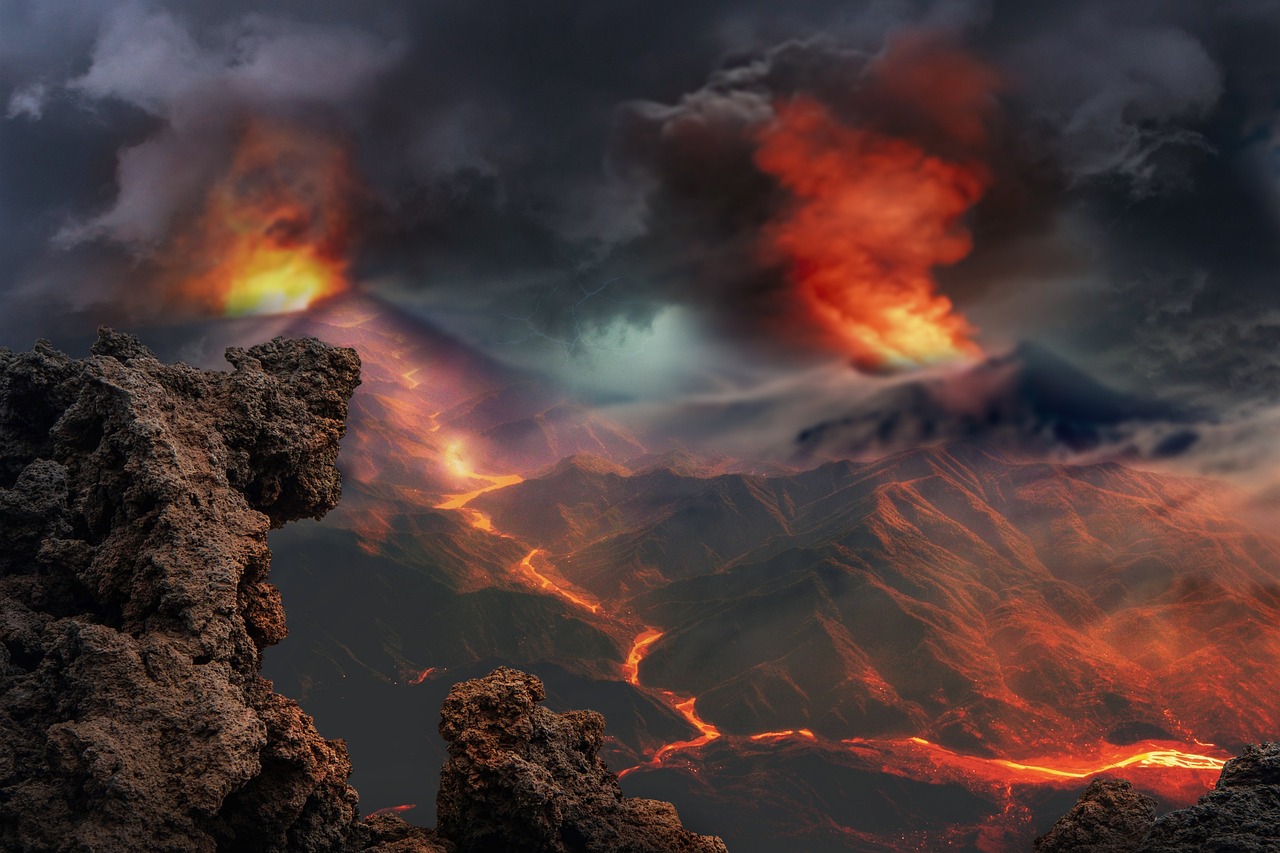
Just as dinosaurs were beginning to establish themselves, another massive volcanic event shook the planet. The CAMP volcanic eruptions occurred about 201 million years ago and split into four pulses lasting for over ~600,000 years, and this geologic event is associated with the Triassic–Jurassic extinction event. This massive outpouring of lava would fundamentally change the course of dinosaur evolution.
The Central Atlantic Magmatic Province represents one of the most extensive volcanic events in Earth’s history. The resulting large igneous province is, in area covered, the most extensive on Earth, with the volume of magma flow of between two and six million cubic kilometres making it one of the most voluminous as well.
Clearing the Path for Dinosaur Dominance
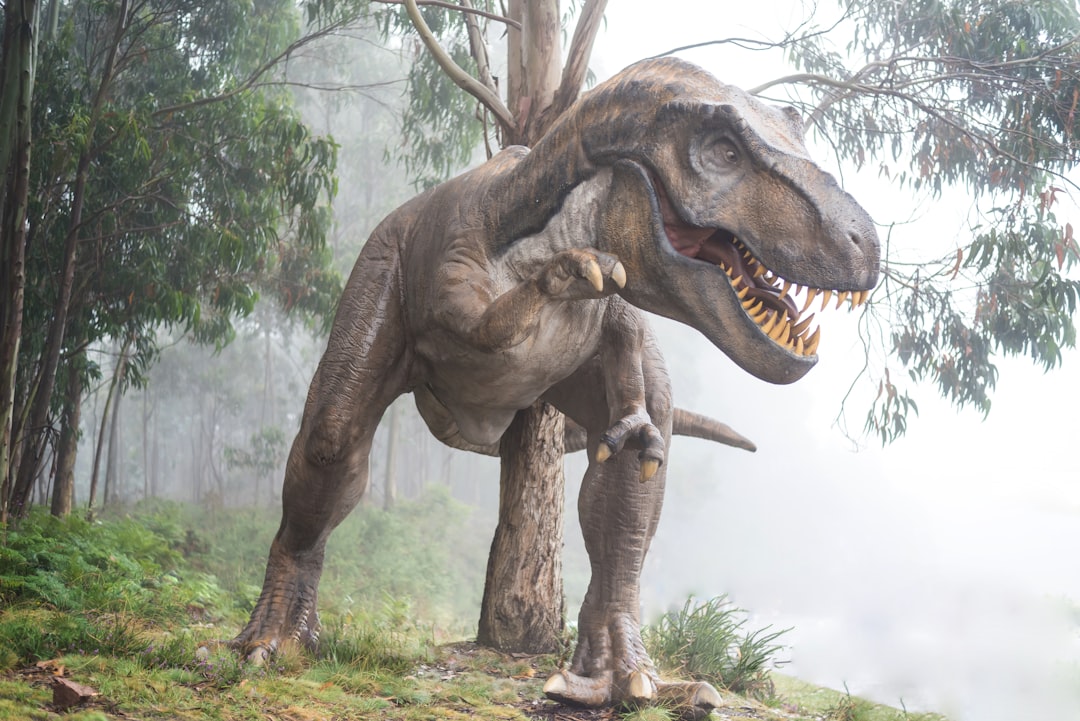
The end-Triassic extinction proved to be a turning point for dinosaur evolution. More than 200 million years ago, a massive extinction decimated 76 percent of marine and terrestrial species, marking the end of the Triassic period and the onset of the Jurassic, and this devastating event cleared the way for dinosaurs to dominate Earth for the next 165 million years, taking over ecological niches formerly occupied by other marine and terrestrial species.
This extinction event essentially handed dinosaurs the keys to terrestrial ecosystems. With their main competitors eliminated, dinosaurs could diversify rapidly and occupy ecological roles that had previously been filled by other reptilian groups.
Volcanic Pulses and Rapid Climate Change
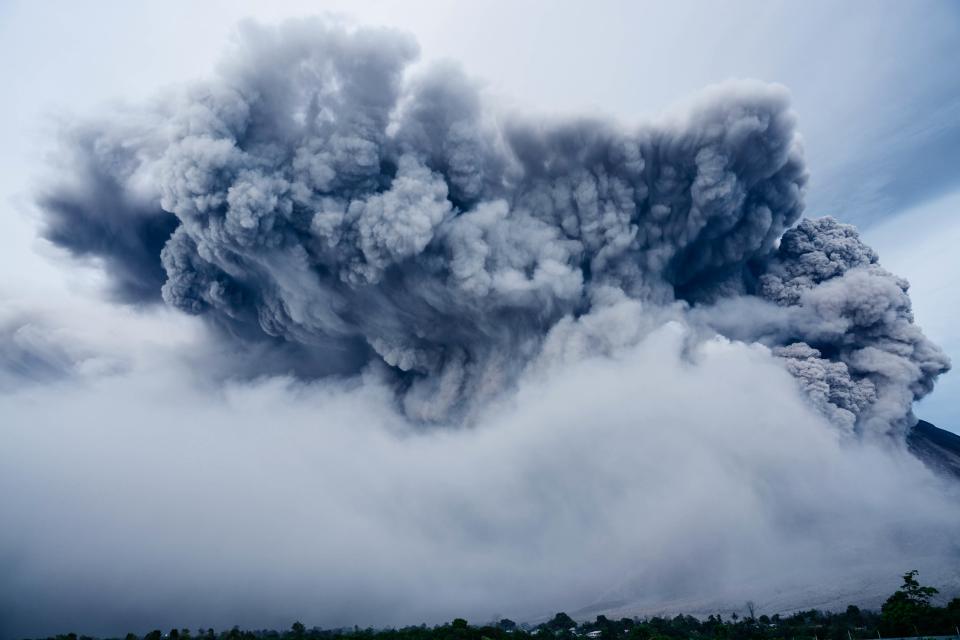
The CAMP eruptions didn’t occur as one continuous event but rather in devastating pulses. The geochronology and astrochronology techniques gave the team precise estimates for the onset of volcanism 200 million years ago, and revealed three bursts of magmatic activity over 40,000 years – an exceptionally short period of time during which massive amounts of carbon dioxide and other gas emissions may have drastically altered Earth’s climate, killing off thousands of plant and animal species.
These rapid pulses of volcanism created repeated environmental stress that prevented ecosystems from recovering between eruptions. Only the most resilient species survived, and dinosaurs proved to be among the most adaptable groups.
Intrusive Volcanism: The Hidden Killer
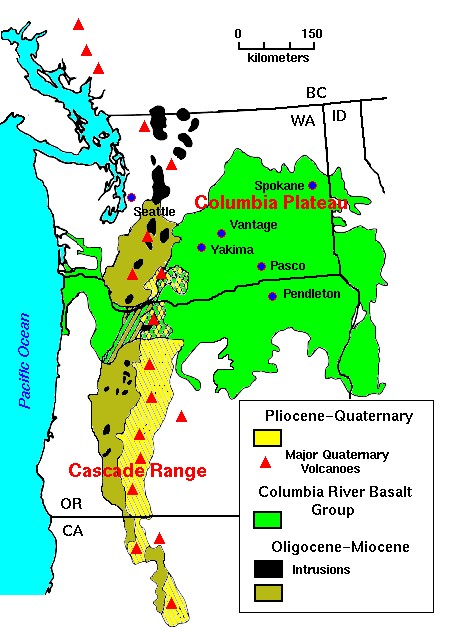
Recent research has revealed that the most devastating effects may have come from volcanic activity that never even reached the surface. New high-precision U-Pb ages from CAMP mafic intrusive units show that magmatic activity was occurring ∼100 Kyr ago before the earliest known eruptions, correlating the early magmatic activity with the onset of changes to the climatic and biotic records, with ages from sills in an organic rich sedimentary basin in Brazil that intrude synchronously with the extinction suggesting that degassing of these organics contributed to the climate change which drove the extinction.
This underground volcanic activity heated vast sedimentary deposits, releasing enormous quantities of greenhouse gases without the spectacular lava flows that scientists had been looking for. It was a silent killer that fundamentally altered Earth’s atmosphere before the first visible eruptions even began.
Mercury Poisoning on a Global Scale
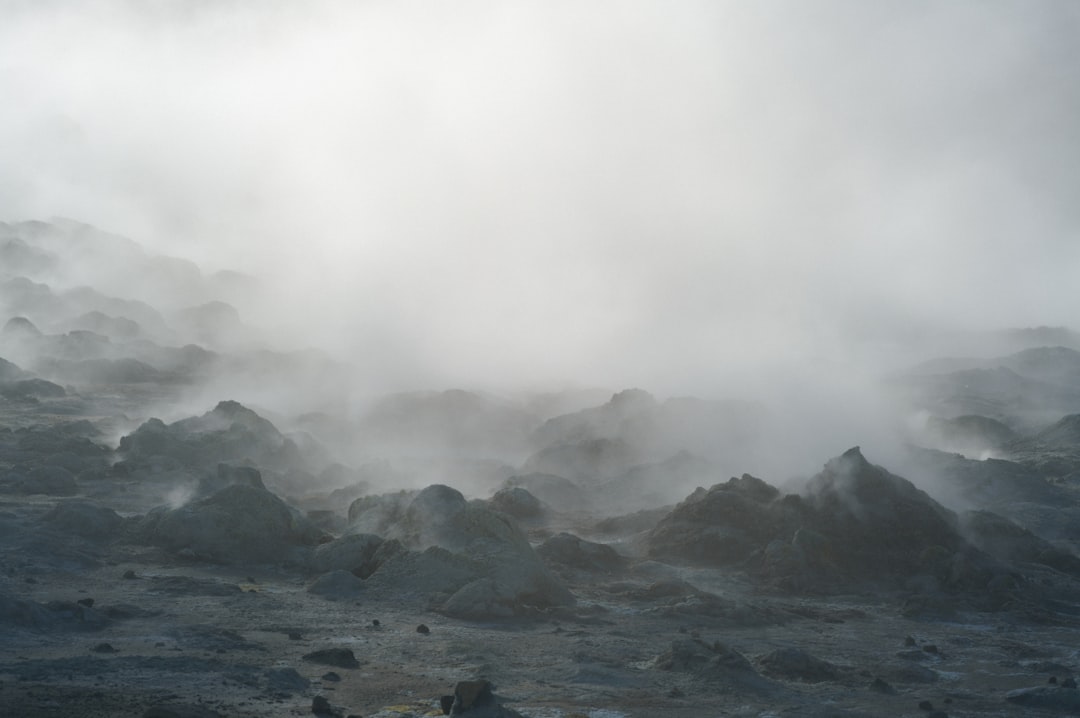
The toxic effects of CAMP volcanism extended far beyond carbon dioxide emissions. Mercury anomalies from deposits in various parts of the world have further bolstered the volcanic cause hypothesis, as have anomalies from various platinum-group elements, with nickel enrichments also observed at the Triassic-Jurassic boundary coevally with light carbon enrichments, providing yet more evidence of massive volcanism.
These heavy metal poisoning events created additional evolutionary pressure, favoring organisms that could either tolerate toxic environments or had efficient detoxification mechanisms. Dinosaurs, with their advanced metabolisms, may have had advantages in dealing with these challenging conditions.
Pangaea’s Breakup and Volcanic Violence
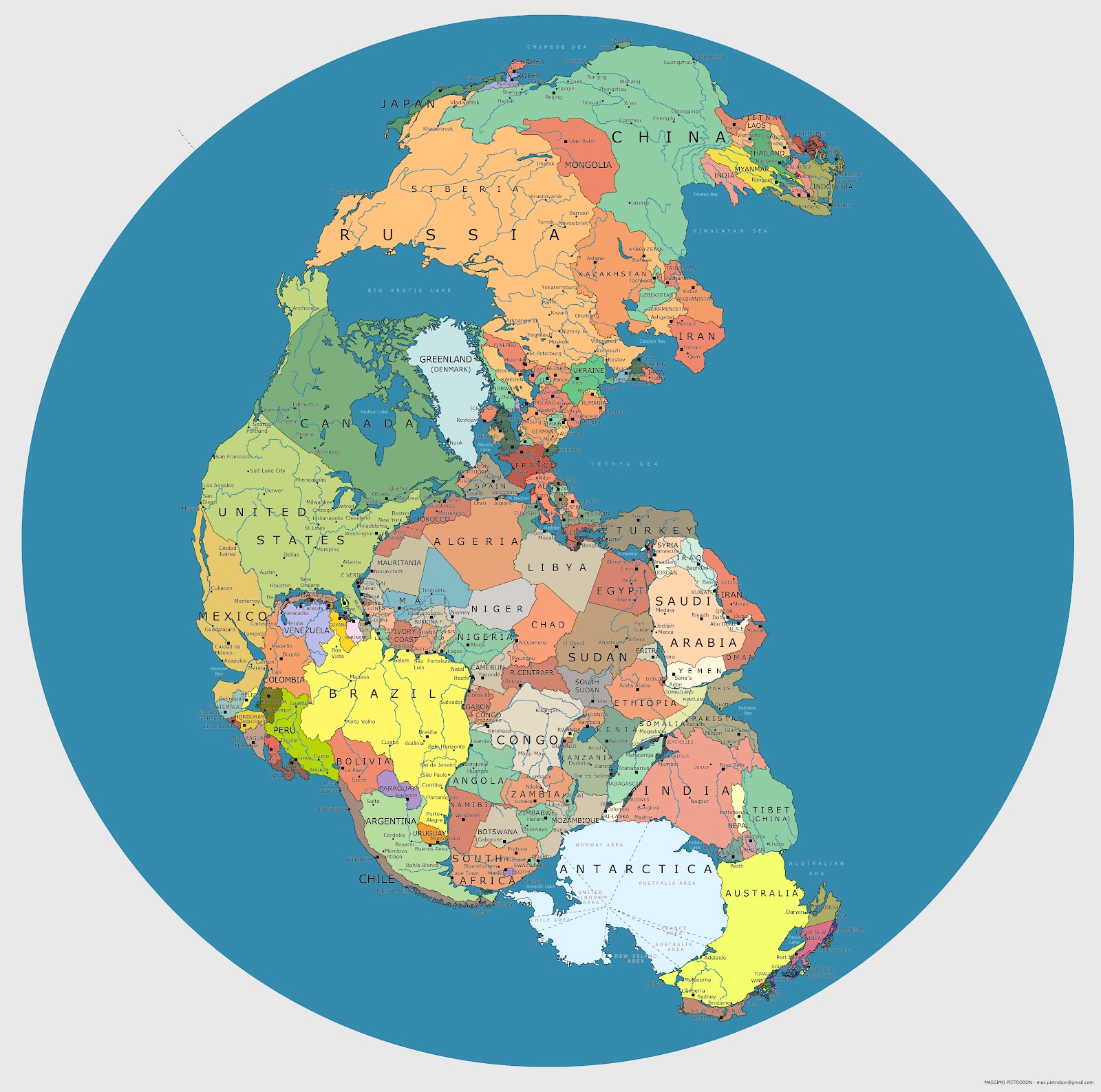
The CAMP eruptions were intimately connected to one of the most significant geological events in Earth’s history – the breakup of the supercontinent Pangaea. CAMP activity is apparently related to the rifting and breakup of Pangaea during the Late Triassic through Early Jurassic periods, and the enormous province size, varieties of basalt, and brief time span of CAMP magmatism invite speculation about mantle processes that could produce such a magmatic event as well as rift a supercontinent.
As Pangaea tore apart, it created massive fissures in the Earth’s crust that allowed unprecedented amounts of magma to reach the surface. This geological catastrophe reshaped not just the continents but also the biological world, creating new environmental conditions that would favor different types of organisms.
Oceanic Anoxia and Marine Devastation
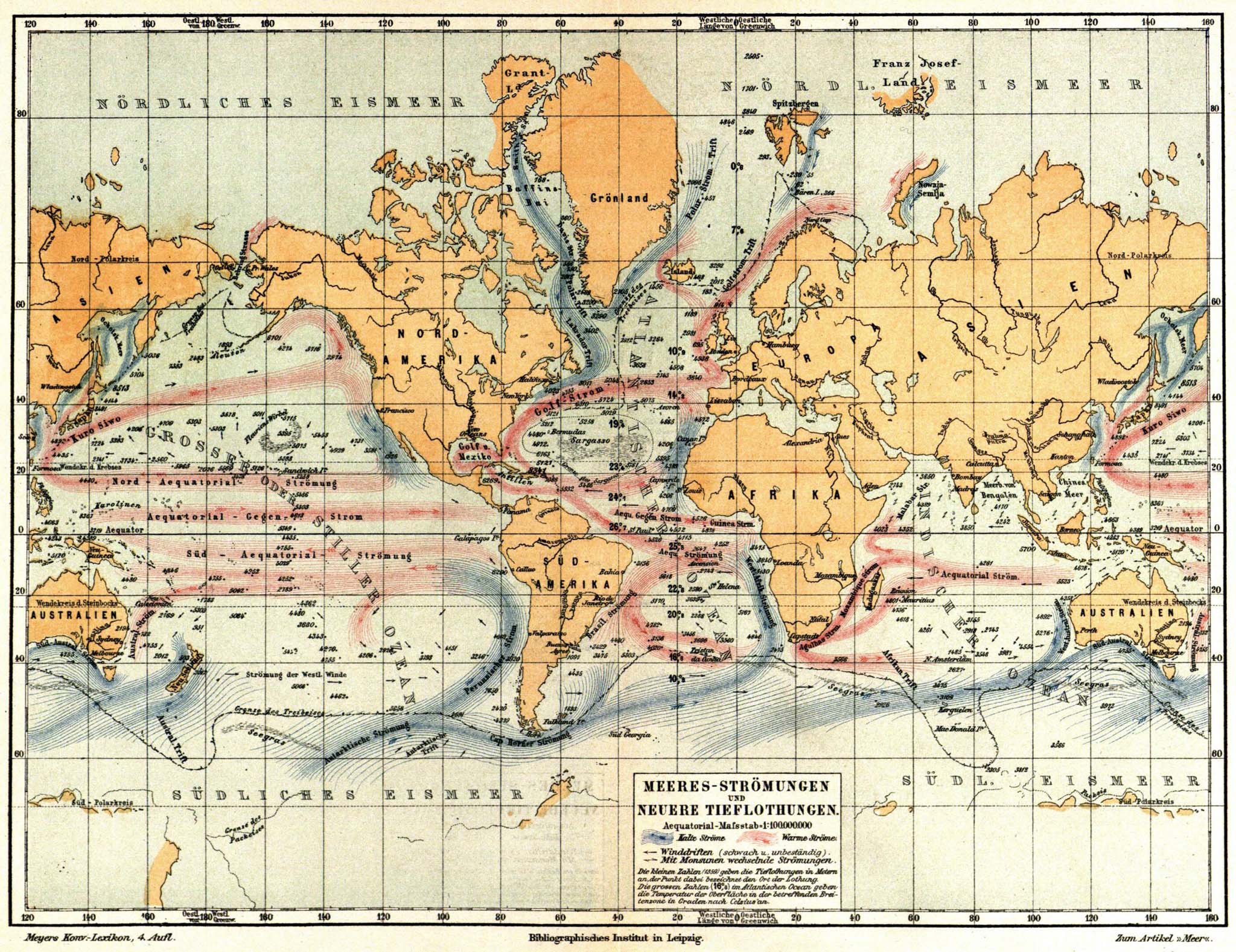
The volcanic events didn’t just affect land-dwelling creatures – they transformed the oceans into toxic, oxygen-starved environments. The massive release of greenhouse gases led to ocean acidification and widespread anoxia that devastated marine ecosystems. This marine collapse had cascading effects on terrestrial food webs, creating additional evolutionary pressure on land animals.
Dinosaurs’ ancestors, already adapted to terrestrial environments, were better positioned to survive these oceanic catastrophes than creatures dependent on marine food chains. This gave early dinosaur lineages a crucial advantage during the recovery period following the extinction.
Volcanic Ash and Atmospheric Disruption
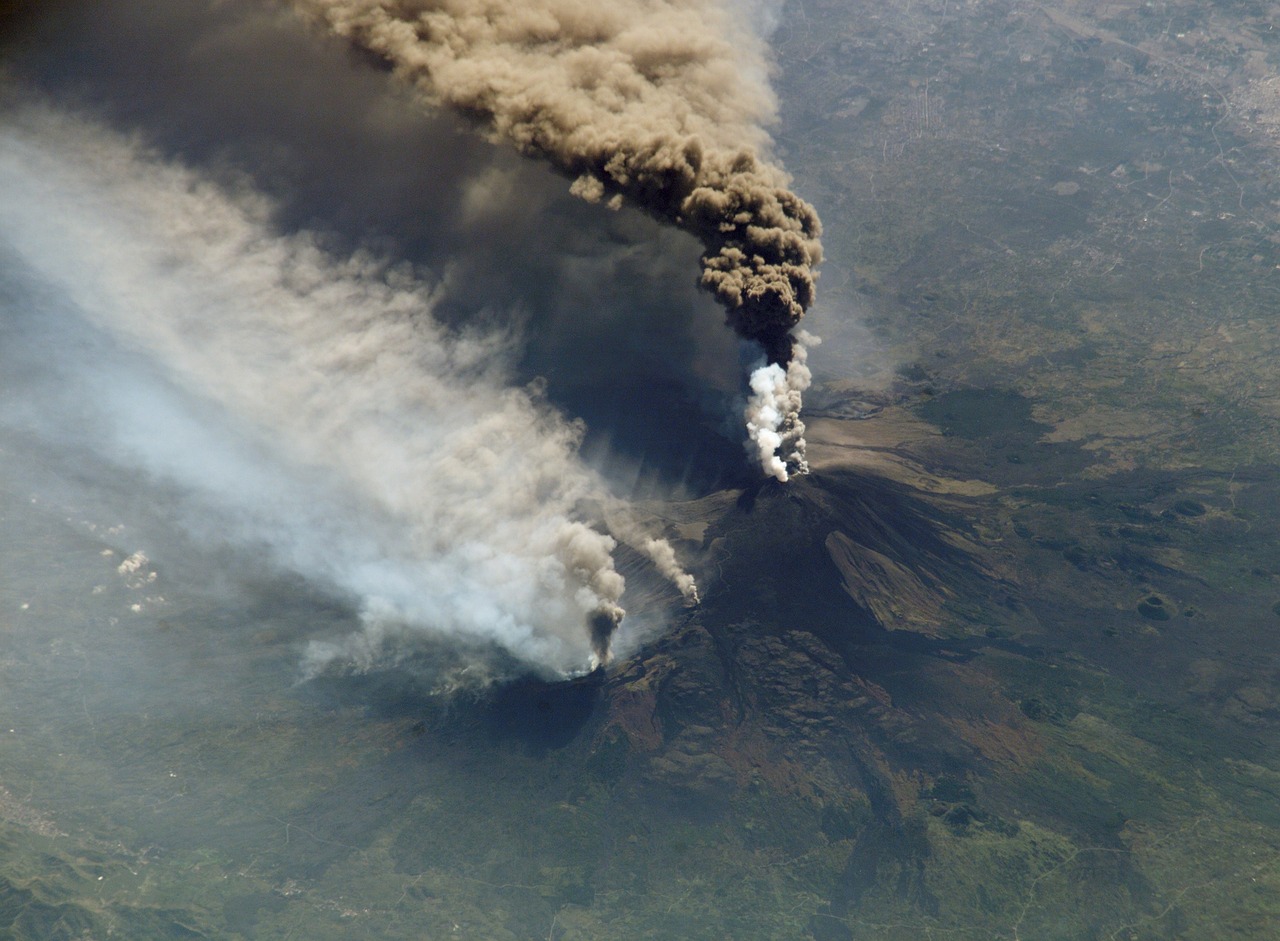
Beyond the toxic gases and heavy metals, volcanic eruptions filled the atmosphere with ash particles that blocked sunlight and disrupted photosynthesis on a global scale. This created a volcanic winter effect that devastated plant communities, the foundation of terrestrial food webs. However, the temporary nature of ash clouds meant that recovery was possible once the particles settled.
Early dinosaurs, with their potentially varied diets and metabolic efficiency, were better equipped to survive these periods of reduced primary productivity. Their ability to adapt their feeding strategies during environmental stress gave them a significant advantage over more specialized competitors.
Acid Rain and Ecosystem Collapse
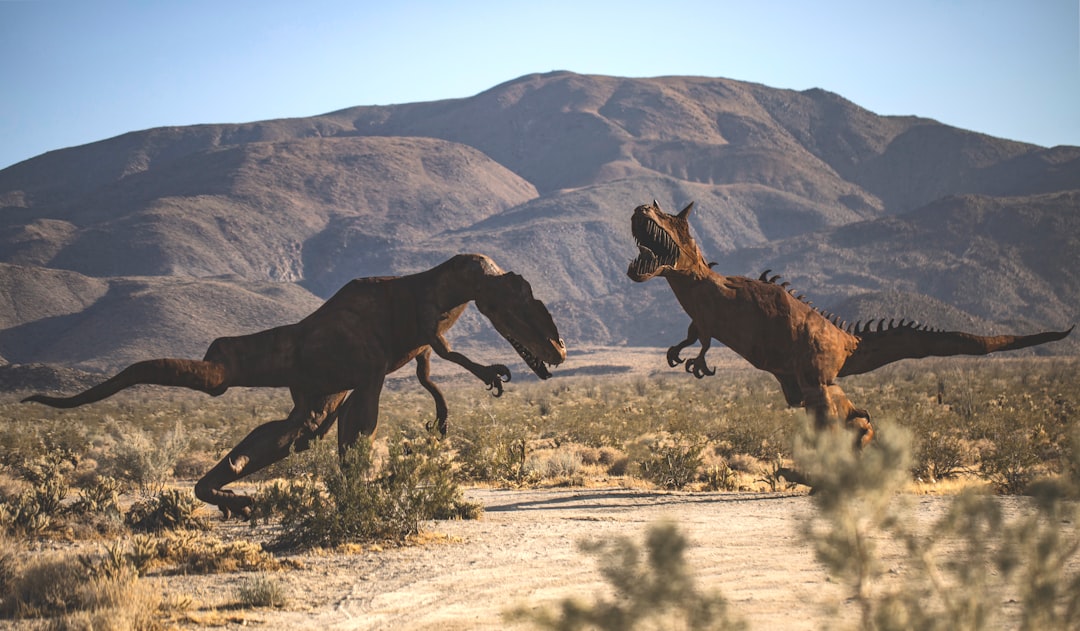
The sulfur compounds released during massive volcanic eruptions created acid rain that poisoned freshwater systems and damaged vegetation across vast areas. This chemical warfare against living systems created yet another layer of environmental stress that eliminated species unable to cope with acidic conditions.
The resilience of early dinosaur lineages to these multiple environmental stressors suggests they possessed physiological adaptations that would serve them well throughout their evolutionary history. Their success wasn’t just about being in the right place at the right time – they were genuinely better equipped for survival in a hostile world.
The Deccan Traps: Dinosaurs’ Final Challenge
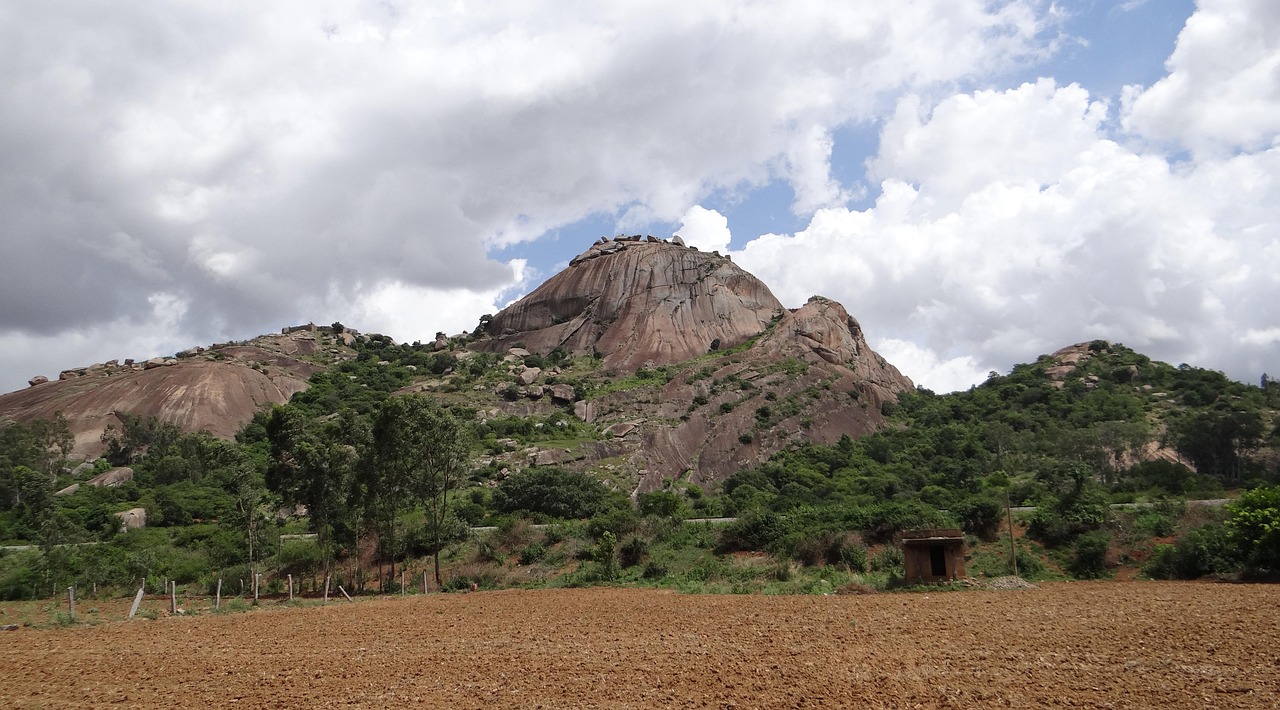
The story comes full circle with another massive volcanic event that would challenge dinosaur dominance near the end of the Cretaceous period. The Deccan Traps in India cover an area of about 500,000 square kilometres and were formed over a few million years near the end of the Cretaceous when huge volumes of lava were released in a series of eruptions. This volcanic activity, combined with the asteroid impact, created the perfect storm that would end the age of dinosaurs.
Even after surviving over 160 million years of evolutionary challenges, dinosaurs finally met their match when volcanic and extraterrestrial forces combined. Yet their legacy lived on in the form of birds, proving that even the most catastrophic volcanic events couldn’t completely erase their evolutionary success.
The relationship between volcanic activity and dinosaur evolution reveals a fundamental truth about life on Earth – catastrophe and opportunity are often two sides of the same coin. These ancient volcanic events didn’t just shape the physical landscape; they sculpted the course of evolution itself, creating the conditions that allowed dinosaurs to rise to dominance and eventually transform into the birds that fill our skies today. What would you have guessed about the role of volcanoes in shaping the age of dinosaurs?

